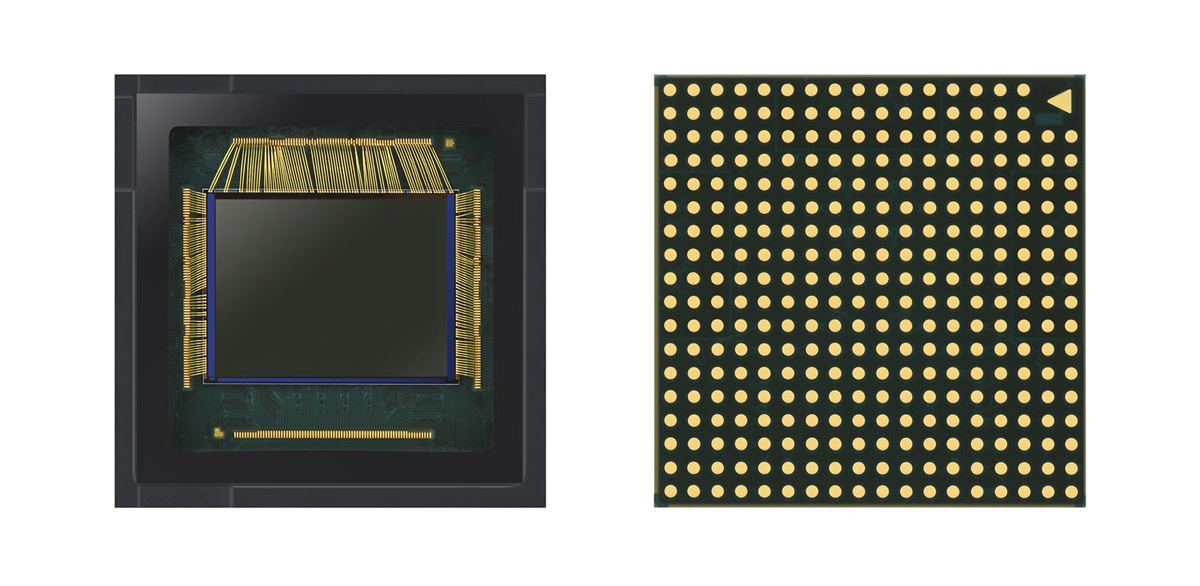Samsung Begins Mass Production For New ISOCELL GN1 50MP Camera Sensor
Samsung has announced the new ISOCELL GN1 50MP camera sensor for mobile devices. On top of offering a larger pixel size, the company stated that it will be their first sensor to include dual-pixel autofocus (AF) and Tetracell pixel-binning, promising DSLR-like focusing speeds and better low-light image performance.
While the megapixel capacity on the GN1 is lower than their recent 108MP ISOCELL sensor, it actually features a larger pixel size at 1.2μm. Its quality and performance aims to rivalthe Sony IMX689 sensor, which features 48MP at 1.22μm and is found on phones such as the OnePlus 8 Pro and OPPO Find X2 Pro.

The Tetracell technology aids the new Samsung sensor by providing a pixel-merging technique that improves pixel capacity in order to capture and process more light. As how the company puts it, the technology doubles the pixel size to 2.4μm and quadruples the light sensitivity to capture 12.5MP photos by default.
Additionally, the ability to capture more light combined with the dual-pixel AF technology allows the sensor to process and capture objects quickly even in low-light environments. The GN1’s AF comes with 100 million phase detection, therefore enabling it to detect and focus onto a desired still or moving object from every corner in an instant, regardless of lighting conditions.

Other than that, the sensor also comes with Smart-ISO that intelligently dictates the optimal ISO range, real-time HDR and manages gyro-based electronic image stabilisation (EIS) in order to capture sharp images and video. Speaking of which, it supports video recording of up to 8K resolution at 30fps as well.
Samsung stated that the new ISOCELL GN1 50MP sensor entered mass production in May 2020, and is expected to appear in upcoming smartphones in the near future. However, the company did not specify any first-party or third-party phones it may appear in.
(Source: Samsung)
The post Samsung Begins Mass Production For New ISOCELL GN1 50MP Camera Sensor appeared first on Lowyat.NET.
from Lowyat.NET https://ift.tt/2Tf9bPy
Labels: Lowyat
0 Comments:
Post a Comment
Subscribe to Post Comments [Atom]
<< Home